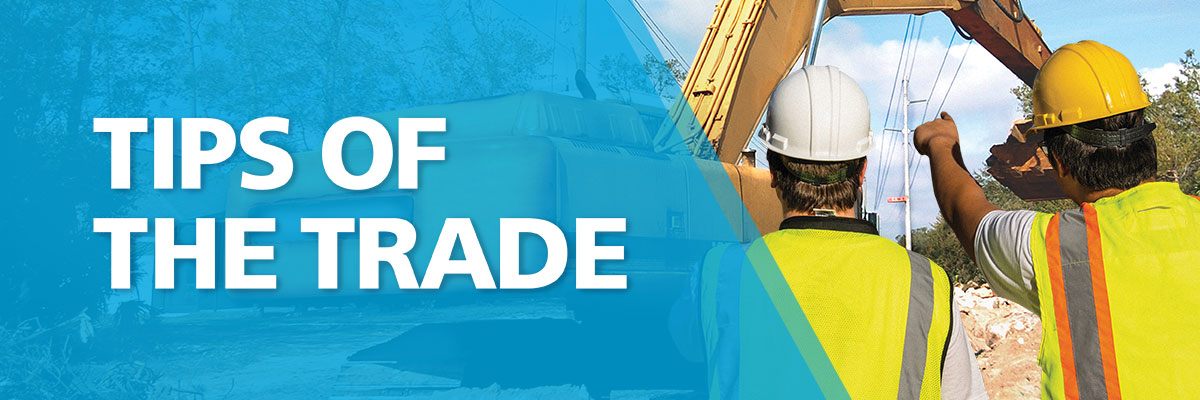|
 |
| Overhead and Underground Safety Practices |
|
 |
| Everyone’s resources have been affected by the COVID-19 pandemic. You can help prevent locate delays by pre-marking your proposed dig area in white and notifying 811 of your planned excavation with as much lead time as is possible: up to 14 calendar days in California. To learn more about PG&E’s response to COVID-19, click here. |
|
|
| Review these tips with coworkers at your tailgate or toolbox meetings before work begins to help avoid potential hazards when working near overhead and underground utilities. |
Order our FREE worker safety training kit on the PG&E
e-SMARTworkers website. |
|
|
|
|
| Look Out for Overhead Power Lines |
| • |
Survey your job site every day to find overhead power lines, poles and guy wires, and point them out to coworkers. Be alert for lines that may be masked by foliage or otherwise blocked from view. |
|
| • |
Consider all overhead power lines to be energized and potentially dangerous. Injuries or death may result from contact with any power line, including the service lines that run from utility poles to buildings. |
|
| • |
Always maintain a minimum 10-foot safety clearance from power lines, plus the length of any tools or equipment you are using. Metal ladders, cranes and some other specialized equipment require at least 20 feet of clearance and encroachment prevention precautions. |
| • |
Higher voltages require greater distances. For specific requirements, consult PG&E and Cal/OSHA. |
| • |
If you must work closer than regulations allow, contact PG&E at 1-800-743-5000 well in advance so that safety arrangements can be made. |
| • |
Clearly mark boundaries with tape, signs or barricades, and use a dedicated spotter whose only job is to keep equipment the required distance away. |
|
|
| Dig Safely |
| • |
Hitting a buried utility line has serious consequences. Contacting an underground power line can result in electrical injuries and power outages. And even just scraping a buried natural gas pipeline could lead to a fire or explosion. |
|
| • |
Notify 811 before you dig—no job is too small. If the work involves digging or moving earth in any way, be sure to notify 811 at least two working days, excluding the date of your call, weekends and legal holidays, before starting your excavation. Call 811 or place an online ticket request at california811.org. Then wait for underground utility facilities to be marked so that you can dig a safe distance away from them. |
|
| • |
Pre-mark your excavation site with white paint, flags and/or stakes and describe it clearly on your locate request. |
|
| • |
Hand dig or use other soft excavation methods within the tolerance zone to carefully expose the utilities and verify their precise location. In California, the tolerance zone is 24 inches from either indicated outside edge of a marked utility line. |
|
| • |
Call 911 and PG&E immediately to report any contact with an underground natural gas or electric line. If you have damaged a buried gas line or high voltage power line, contact the Underground Safety Board at california811.org within two hours. |
|
| • |
Call 911 and then PG&E immediately at 1-800-743-5000 if natural gas is leaking. It's the law! |
|
|
| Would You Like to Know More? |
| Additional utility safety tips, case studies, instructional videos and training tools can all be found, at no charge to you, on PG&E's e-SMARTworkers website. |
|
